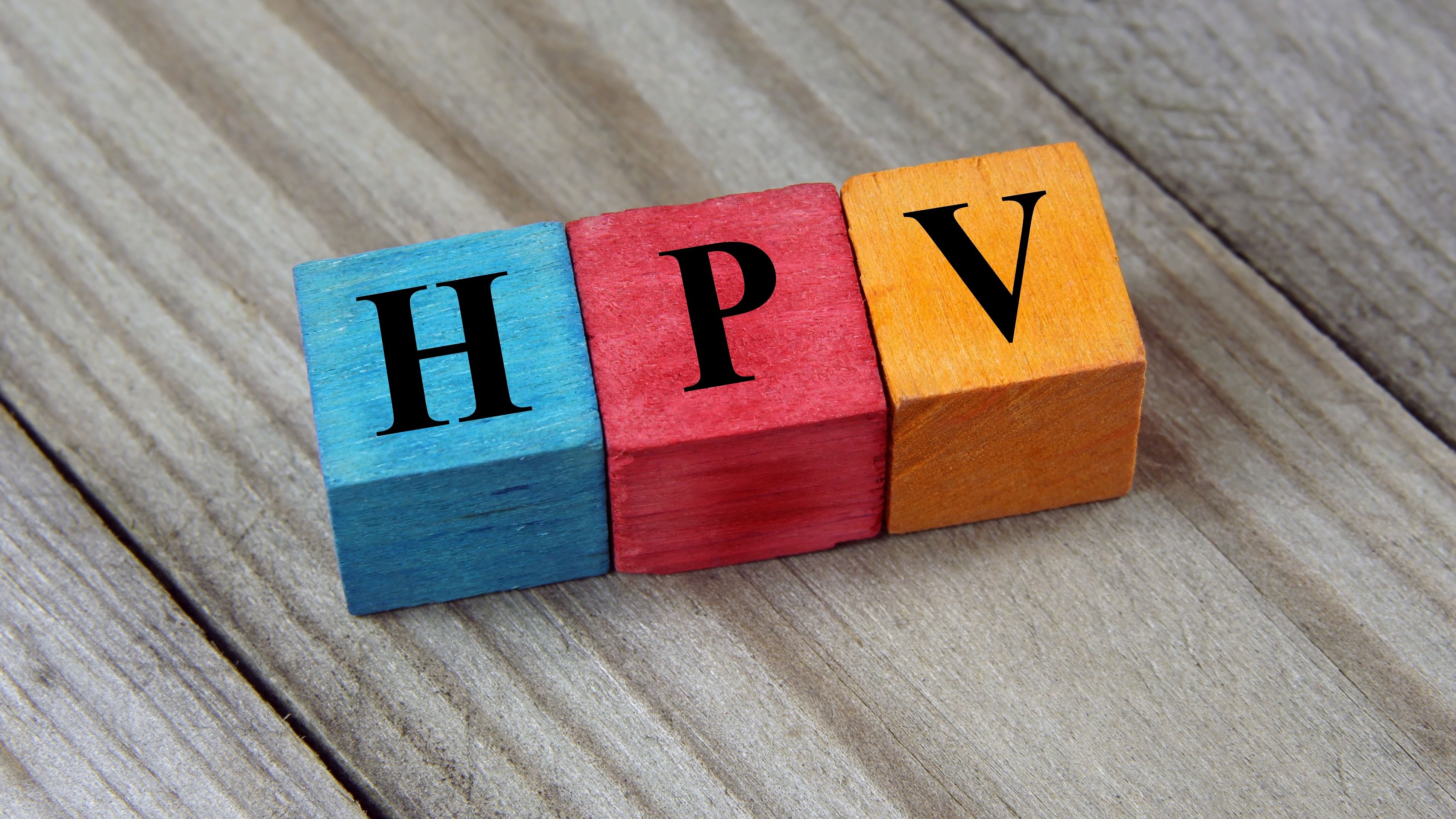
Representative image.
Credit: iStock Photo
The most prevalent virus affecting the reproductive system is the human papillomavirus, or HPV — which comes in varied forms. Human papillomavirus (HPV) is a family of 200 known viruses which has an infection rate of 6-7%. The virus causes about 5% of all cancers worldwide, with an estimated 6,25,600 women and 69,400 men getting HPV-related cancer each year. It is such that with any disorder or cancer-related HPV, we lose 1% man or woman every 5 minutes.
The most prevalent virus affecting the reproductive system is the human papillomavirus, or HPV, which comes in varied forms. Human papillomavirus is a family of 200 known viruses with an infection rate of 6-7%. The virus causes about 5% of all cancers worldwide, with an estimated 6,25,600 women and 69,400 men getting HPV-related cancer each year. Although HPV infections disappear without any intervention within a few months, even a small proportion of its infection that might stay in the body, can develop into cervical cancer. Despite being a preventable and curable disease, cervical cancer is responsible for a large burden of suffering in women around the world, especially in low and middle-income countries. Every year, nearly 12,000 women in India and abroad are diagnosed with cervical cancer. Despite advancements in detection and treatment, cervical cancer still claims the lives of over 4,000 women. Eighty percent of people will at some point in their life be infected with HPV; those who have high-risk virus types are slightly more likely to have cancer.
HPV as a disease has a significant impact on an individual’s normal life. Most of the time it is asymptomatic, making it challenging for the average person to determine whether they have HPV. Regardless of their sex, gender identity, or sexual orientation, almost everyone who engages in sexual activity gets infected with HPV months to years after they do. More often, HPV infection does not cause any noticeable symptoms or health problems. Also, as per Centres for Disease Control & Prevention (CDC), 90% of HPV infections go away on their own within two years.
Some HPV infections are powerful biological agents that use human cells to survive and spread to other people, largely through sexual contact, causing disease in humans. At times, even a single percent of the virus that stays in the body after two years can unknowingly lead to cancers and other serious health problems.
HPV-related diseases represent an important health burden worldwide and can cause persistent infections. This means that when a person is infected, the virus is reproducing in the cells that line the infected area. However, it is crucial to remember that many HPV infections do not cause any symptoms, thus the infected individual may not even be aware that they have the virus. Cervical precancerous alterations brought on by HPV infection can be prevented from developing into potentially fatal cervical cancer by following up with a doctor and getting
regular Pap tests. According to the CDC, about 10% of women who have cervical HPV infections end up with chronic HPV, which increases the risk of cervical cancer.
Lowering your risk of HPV
In recent years, a beacon of hope has emerged in the form of the HPV vaccine, signalling the dawn of a new era in the fight against cervical cancer. This vaccine is not merely a preventive measure; it’s a potential turning point in the history of a disease that has plagued humanity for far too long. The approach to fight against HPV and completely refrain from it is by significantly reducing your chance of contracting or spreading HPV. It is advisable to always go for early vaccination and screening to reduce the disease burden across the country. Having the HPV vaccine can also significantly lower your risk of contracting the virus. For instance, the Serum Institute of India is manufacturing Cervavac, India’s first HPV vaccine. The known effectiveness of currently available vaccines has made this licensure pathway viable.
(The author is an OB-GYN.)